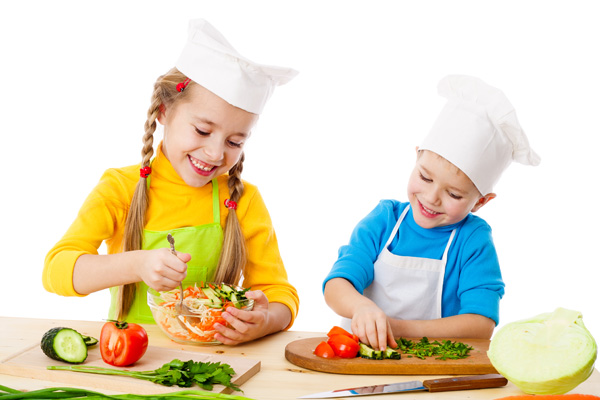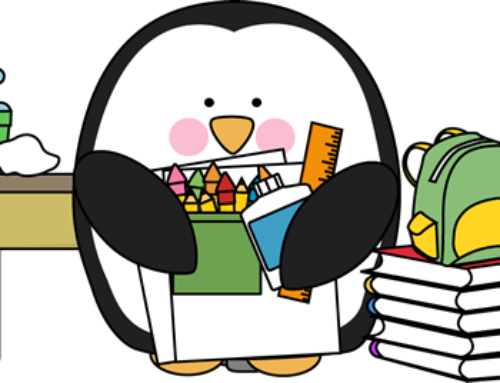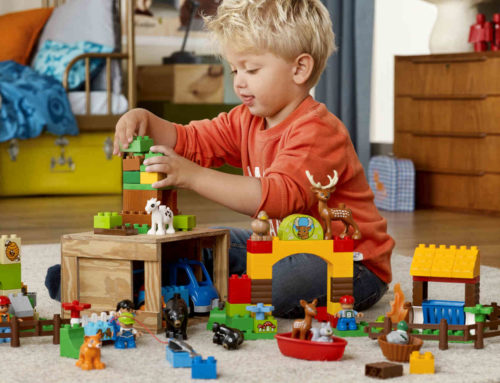Whether you love it or loathe it, a great deal of our time is spent in the kitchen. For many households it is the hub of activity where something is always going on. When it comes to children in the kitchen, we are encouraged to invite them in and get them involved in order to expose them to fresh, healthy food and interesting ways of cooking it. The goal being to establish healthy eating habits and skills for life. Considering that the number of overweight children in Australia has doubled in recent years, with a quarter of children considered overweight or obese, this is an issue we cannot ignore. In addition to these important health benefits, cooking with children is also an excellent way to develop their language skills!
Improving language through cooking
You don’t need to use any fancy recipes or high tech equipment. All you have to do is talk about what you are doing! Use simple sentences and speak slowly and clearly, making a point to emphasize key and/or new words. Treat this time with your child just as you would any other conversation. It’s not meant to be a lecture or a monologue! Once you have said something, wait for your child to respond. They may give you a verbal response such as asking a question or making a comment, or they may respond silently by nodding their head or changing positions in order to see what you are doing and talking about. You can show your child that you are listening to them as well by repeating what they say and adding new words or information. For example, if your child says, “I’ll stir it”, you could repeat and expand on that as, “Ok, you can gently stir the batter”.
How do I know what to say?
If you’re worried that you won’t know what to say, don’t panic. There are lots of options and often they present themselves naturally as you perform different tasks. Some examples of what you could talk about include;
- Nouns – names of foods, ingredients or equipment e.g. artichoke, spatula
- Verbs – names of actions e.g. whisk, chopping, poured
- Adjectives – words to describe the look, feel, smell, noise or taste of something e.g. sour, smooth, hot, delicious, round, blue, tiny, long, fat, sharp.
- Sequencing concepts – e.g. first, next, finally, before, after, while
- Quantity concepts – e.g. all, none, one, few, half, whole, a teaspoon/tablespoon/cup
- Location concepts – e.g. where things are kept in the kitchen (under, inside, on top, next to, behind, between, in front, above)
- Synonyms (words that are similar in meaning)- e.g. stir/mix, pour/tip, bake/cook
- Antonyms (opposites) – e.g., dry/wet, hot/cold, raw/cooked, tough/tender
- Social Communication skills – e.g. waiting, taking turns, using manners, asking for help
Remember, language isn’t just about talking. Listening and comprehension skills are just as important! Thankfully, cooking enables your child to practise lots of these skills as well including;
- Following instructions with multiple steps – e.g. Get the eggs, the milk and the butter.
- Understanding and remembering steps in the right order – e.g., “First mix the dry ingredients and then add the milk” or “Brown the meat before you add the vegetables”.
- Understanding questions – e.g. Who lays eggs? What do cows make? Where do apples grow? Why do we need to wear oven mitts? How does food get from the farms to the supermarket?
- Understanding (and using) different aspects of grammar – e.g. tense (pour, poured, pouring, pours), pronouns (myself, yours, her, he, they, ours), plurals (eggs, bunches), prepositions (in, on, under), conjunctions (and, because, so) and contractions (you’re – you are, don’t – do not).
The language development doesn’t have to end once the cake has come out of the oven. You can encourage your child to practise their storytelling and sequencing skills by discussing, recalling and then retelling the steps they used, or by drawing a picture of what they created and describing it to someone else. If you have older children, you can encourage their language skills by asking them to find and read a recipe, or even write their own recipe and write a list of all the things they will need to create their culinary masterpiece.
Tips for success…
- Be vigilant. Whilst there are lots of things learn and do, it cannot go unsaid that the kitchen can also be a dangerous place for children. Do not leave them unsupervised and be mindful of things that pose a risk such as boiling water, sharp knives, hot ovens and breakables.
- Make it child friendly. Choose recipes that your child can participate in making. In order for them to learn, it is important to let your child get involved and give it go. Hands on experience is one of the best ways for children to internalize new vocabulary and concepts. Of course there are going to be times where you will need to take over but there are other ways to keep the kids engaged during those times. You could try giving young children some spare bowls and cooking utensils to explore and play with and you could ask older children to get started on a different step such as peeling some vegetables or getting out the measuring cups to find the ones you need. There’s really no point getting your child to stand there and watch you make croquembouche or julienne carrots… no matter how impressive it may be!
- Provide opportunities for repetition. Repetition is a key component in learning language. Just think about how many times you said “mama” or “dada” to your baby before they finally said it! If you can get your child involved in preparing food or recipes that you make regularly, this will give them repeated exposure to new words and concepts which will help it sink in.
- Keep it simple. Making something full of ingredients that your child has never even heard of can result in an information overload. This can make it harder for them to learn and retain the new words. Instead, where possible start off with something your child is more familiar with (e.g. an omelette) and gradually add in or substitute a new ingredient each time you make it (e.g. one day you might use ham, another day you might try chorizo instead). This will lead to new vocabulary and hopefully also adding some more variety into your child’s diet by presenting new tastes and flavours.
- Accept that mess is inevitable! You know those shots you see on TV of a happy family (dressed in designer clothing no less) cooking together in an immaculate kitchen…? All lies! No matter what you do, it’s going to get messy so probably best to wear old clothes. (For those who are familiar – Remember Charlotte York and her vintage white skirt? What was she thinking!!??!!). There will be some spills and you’ll probably find mess in places you just can’t explain but take a deep breath and let it go. Instead, keep in mind how much your children saw and learnt. Think about how much fun you all had and the time spent talking and laughing together. Then you can decide whether or not you think it was worth it.
Don’t forget to Like Modern Speechie on Facebook for more information and tips to help children be the best communicators they can be!






